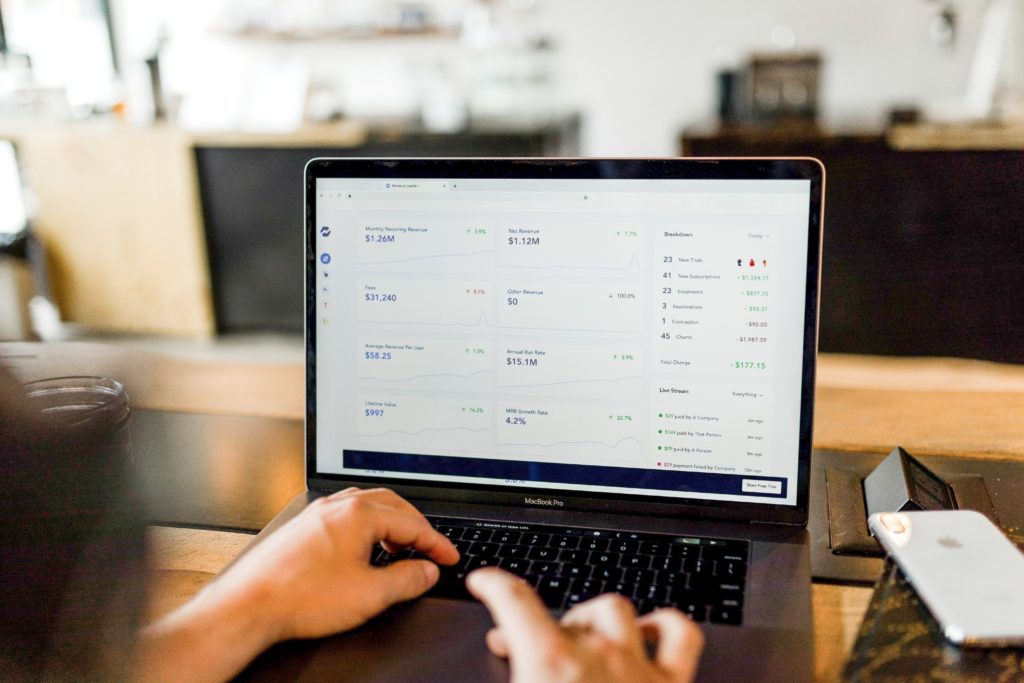In order to ensure the competitiveness of your shop, it is essential to closely monitor the competition and, above all, your pricing strategy. It is not always easy, if not impossible, to keep this up to date. In this article, we briefly introduce some of the tools for online price monitoring you can use to meet this challenge, helping you with your research and choosing the right tool.
Price Monitoring
Price monitoring is the monitoring of competitor prices. The aim is to collect information that can be used within the framework of your own price and quotation policy. But also on the procurement side the knowledge of the prices and their development makes sense. Which possibilities (SaaS, self-development or software buy) there are to accomplish even a price monitoring is described here.

Price Intelligence
Monitoring of prices, sales promotions and inventory in the online and offline sales channel. Real-time research into your competitors’ and distributors’ pricing strategies and anticipate market changes. Receive notifications and customized data reports to keep you informed of price and stock availability changes in your industry. You can even link your own system via our API.
Adjusting your own offer to the prices of the competition
How exactly the adjustment takes place (increase price, keep the same or reduce price) depends on the price strategy pursued. Once the strategy has been operationalized, i.e. provided with measurable parameters, the information obtained can be automatically processed to adjust your own prices. But a kind of price alarm can also be set up. This works in such a way that the company’s pricing manager is notified if a competitor’s product costs more or less than a previously defined limit. He can then adjust the price of the product in question. A suggested price may be determined that needs to be confirmed before it can be applied. This then corresponds to a semi-automatic implementation.
In an automatic adjustment, there is no human intermediate step. Therefore, particular attention must be paid to the quality of the data collected.
Recognizing the price policy of competitors (strategic clarification)
By collecting historical data, systematic price changes can be detected. In this way, price sequence strategies or high and low price strategies can be identified. If, for example, the prices for new products fall over time, the supplier is likely to pursue a skimming or skimming strategy. This is also part of price management.
Detection of favourable prices for procurement (price alarm)
Procurement prices are an important cost factor. If one knows the time at which required products or goods are more favorable than otherwise, one can save with the procurement. Therefore the automated monitoring of the offer of suppliers is suitable likewise.
If one has a fixed selection at sources of supply, these can be supervised regularly automatically. Thus the information about the costs is quickly available and a purchase decision can be made immediately. However the expenditure for the implementation must be worthwhile itself here by shorter search times and lower procurement prices.
Tracing price agreements
If one knows the course of prices and conditions of several competitors, one can find thus also references to possible arrangements.
Recognizing changes in the assortment
In addition to the prices, other information is also available on the website.
When a comprehensive control of the competition takes place, all offered products are usually recorded. In this way it is also possible to detect changes in the product range. An important factor is the number of articles offered and the change in the articles offered over time. In this way, information about a new orientation or price or product policy can be obtained at an early stage.
Also the change of the article number in the individual categories is meaningful. In the case of an outdoor supplier, the number of articles in the “tents” category drops and rises simultaneously in the “clothing” category. This is an indication that he will focus his business more on clothing and perhaps stop selling tents altogether. This can be the starting point for further research.
Software for price monitoring
Price monitoring software and online price monitoring can either be written, purchased or rented.
Price Monitoring as Software as a Service
Since not every company has the know-how and the resources to collect comprehensive price data itself within the scope of price monitoring, there are providers who do this and then make the information available for money. SaaS (Software as a Service) solutions are therefore widely used.

Recent Comments